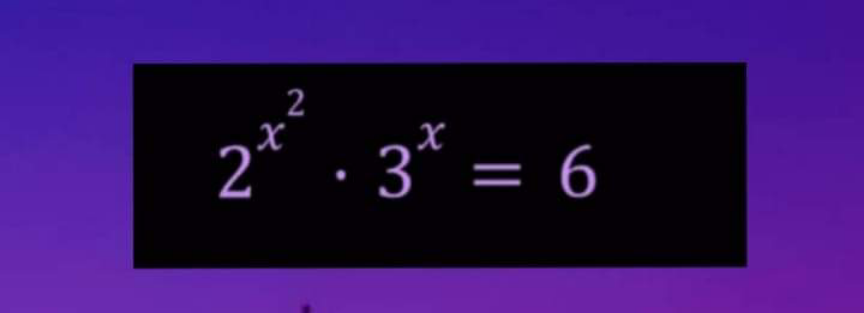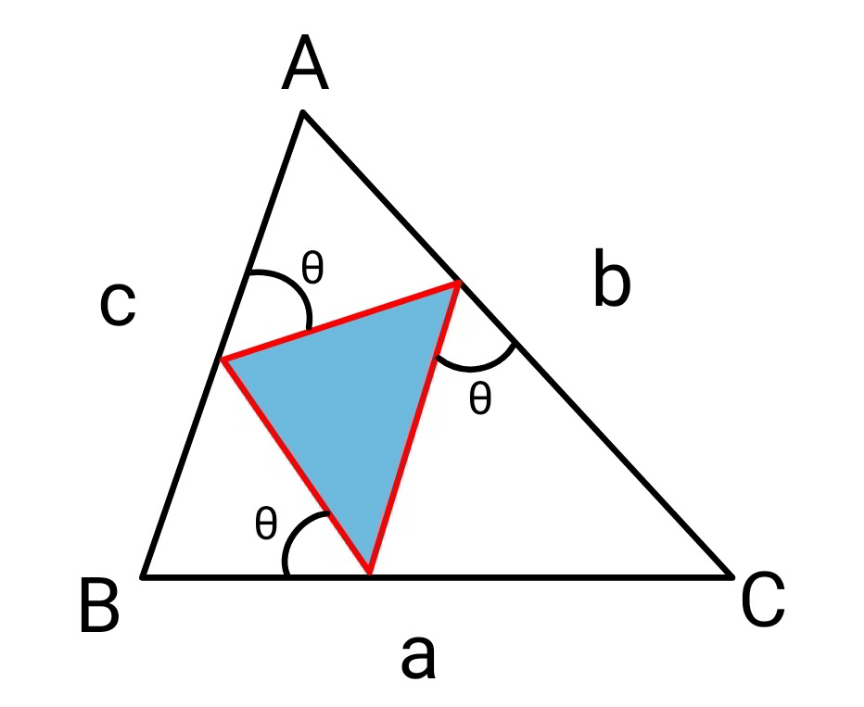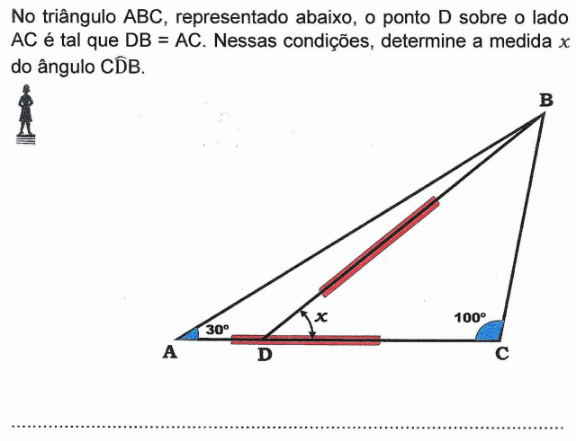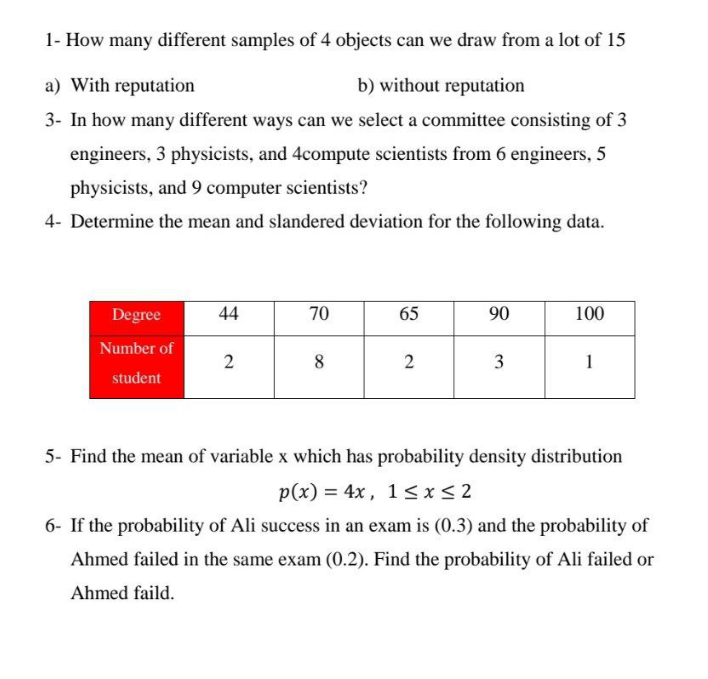
|
|

|
All Questions Topic List |
AllQuestion and Answers: Page 441 |
Question Number 169944 Answers: 0 Comments: 1
|

|
Question Number 169945 Answers: 1 Comments: 5
|

|
Question Number 169942 Answers: 0 Comments: 0
|

|
Question Number 170006 Answers: 0 Comments: 0
|

|
Question Number 170005 Answers: 2 Comments: 3
|

|
Question Number 170004 Answers: 0 Comments: 0
|
| q(x,y,z)=xy+4xz+3yz
determier la reduction de gauss en carre
|
|
Question Number 169932 Answers: 0 Comments: 0
|
| if x+(1/x)=cosθ find
x^n +(1/x^n ) interm of θ
|
|
Question Number 169930 Answers: 0 Comments: 0
|
| find f(α)=∫_0 ^1 ((arctan(αx))/(1+x^2 ))dx
|
|
Question Number 169925 Answers: 0 Comments: 0
|

|
Question Number 169924 Answers: 0 Comments: 3
|

|
Question Number 169923 Answers: 0 Comments: 0
|
| Σ_(d∣6) d=?
|
|
Question Number 169922 Answers: 1 Comments: 0
|
| Let f(x)=((2x−7)/(x+1)) . Compute f^(1989) (x).
note f^2 (x)= f(f(x))
|
|
Question Number 169920 Answers: 0 Comments: 0
|

|
Question Number 169918 Answers: 3 Comments: 0
|
| A={z∈C: 2<∣z∣<4}
fine log(A)
where log is complex logaritmique
|
|
Question Number 169916 Answers: 1 Comments: 0
|

|
Question Number 169915 Answers: 2 Comments: 0
|

|
Question Number 169913 Answers: 0 Comments: 1
|
| solve the D.E
dx+(−sin(y)+(x/y))dy=0
|
|
Question Number 169906 Answers: 0 Comments: 0
|
| Evaluate ∫∫e^(2x+3y) dxdy over the triangle
bounded by the lines x = 0, y = 0, x+y = 1.
|
|
Question Number 170010 Answers: 1 Comments: 1
|

|
Question Number 170012 Answers: 1 Comments: 0
|

|
Question Number 169901 Answers: 0 Comments: 0
|

|
Question Number 169900 Answers: 0 Comments: 0
|
| montrer que ∀z∈C/ ∣z∣=2,
∣(1/(z^4 −5z+1))∣≤(1/5)
|
|
Question Number 169899 Answers: 1 Comments: 2
|

|
Question Number 169897 Answers: 0 Comments: 1
|

|
Question Number 169896 Answers: 1 Comments: 0
|

|
Question Number 169892 Answers: 1 Comments: 0
|
| (dy/dx) = 2xe^(−y) , y(1) = 0
|
|
Pg 436
Pg 437
Pg 438
Pg 439
Pg 440
Pg 441
Pg 442
Pg 443
Pg 444
Pg 445
|
Terms of Service |
Privacy Policy |
Contact: info@tinkutara.com |
































